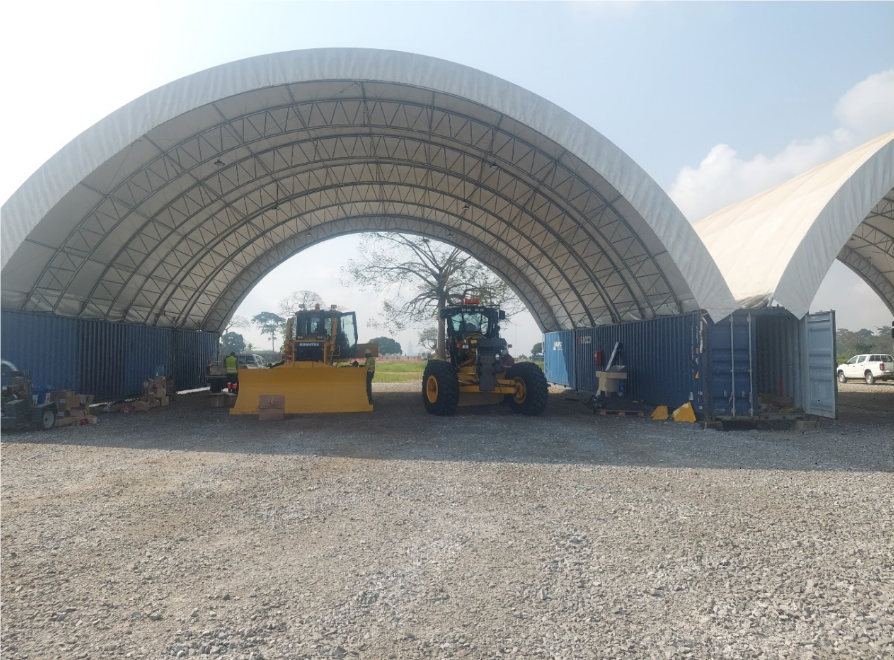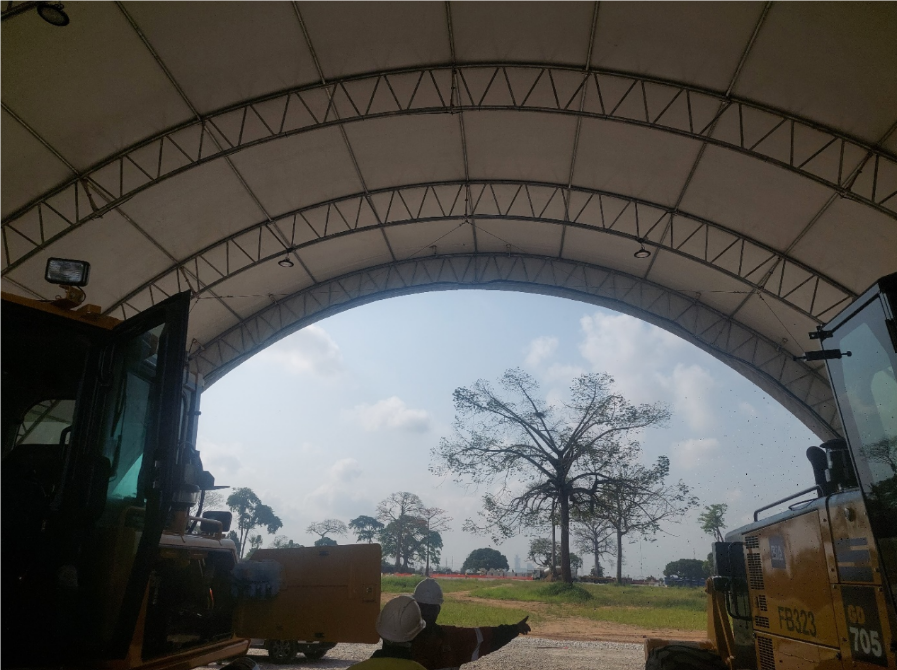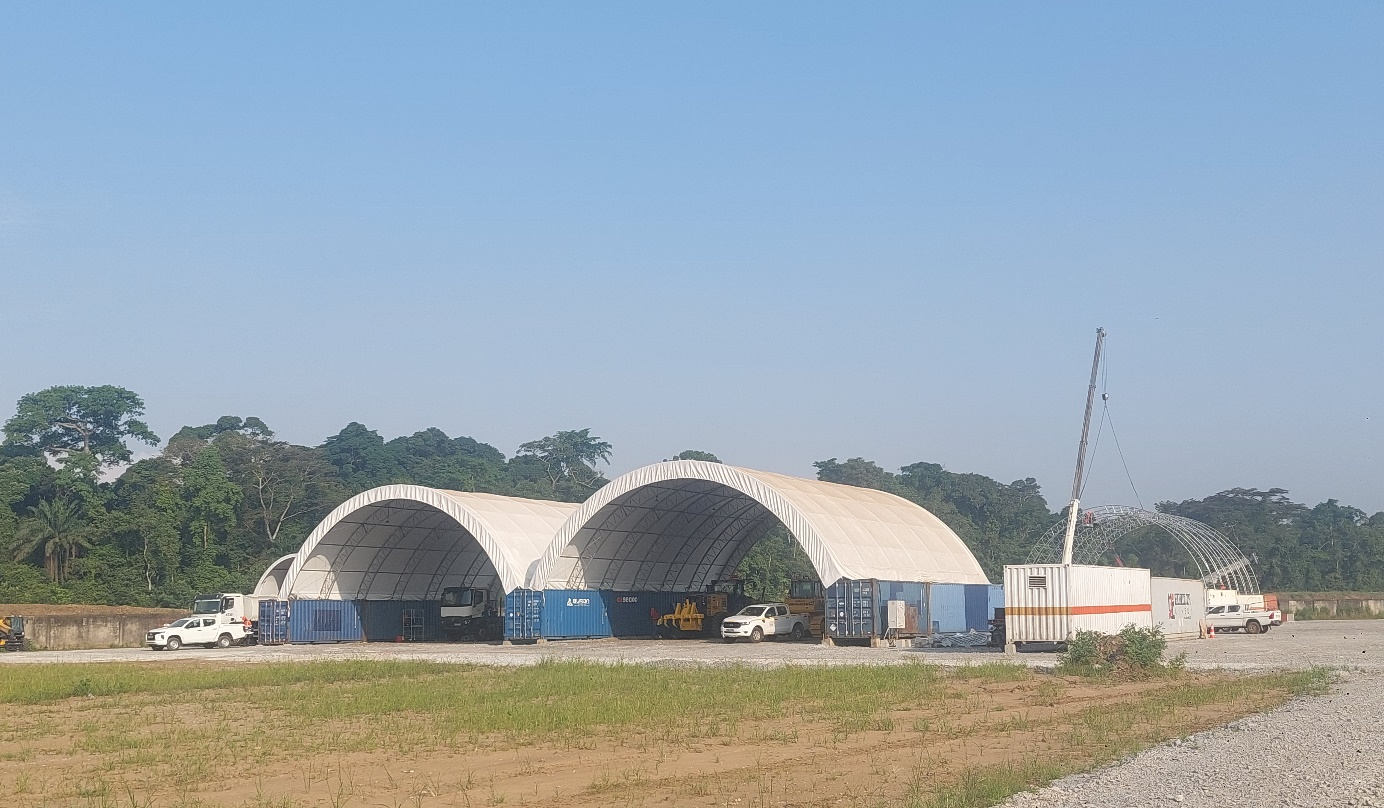what is the container shelter use for ,and what is the roof cover and what is the material of constructure
what is the container shelter use for ,and what is the roof cover and what is the material of constructure
Uses of Container Shelters:
Container shelters are versatile and can be used for various applications across different sectors:
Agriculture:
Equipment Storage: Housing for tractors, plows, and other agricultural machinery.
Crop Storage: Protection for harvested crops like hay, grain, and produce.
Livestock Housing: Temporary or permanent shelters for animals.
Construction:
Equipment and Material Storage: Safe and secure storage for tools, equipment, and construction materials.
Workshops: On-site workshops for construction activities.
Industrial:
Warehousing: Temporary or semi-permanent storage for goods and raw materials.
Production Facilities: Covered areas for manufacturing or assembly processes.
Commercial:
Event Spaces: Temporary venues for trade shows, exhibitions, and other events.
Retail Outlets: Pop-up shops or temporary retail spaces.
Emergency and Humanitarian:
Disaster Relief: Temporary shelters for displaced people, storage for supplies, and emergency response units.
Field Hospitals: Temporary medical facilities in disaster zones or remote areas.
Military:
Equipment Storage: Housing for military vehicles, equipment, and supplies.
Personnel Shelters: Temporary barracks or command centers.
Residential and Recreational:
Garages: Protection for personal vehicles, boats, or RVs.
Workshops and Sheds: Spaces for personal projects, hobbies, and storage.
Roof Cover Materials:
The roof cover of container shelters is typically made from durable, weather-resistant materials. Common options include:
Polyethylene (PE) Fabric:
Lightweight and durable
UV-resistant and waterproof
Cost-effective option for many applications
Polyvinyl Chloride (PVC) Fabric:
Heavier and more durable than PE
Higher resistance to UV rays and chemicals
Suitable for long-term and industrial applications
Polypropylene Fabric:
Known for its strength and resistance to wear and tear
UV-resistant and waterproof
Coated Fabrics:
Fabrics with additional coatings, such as vinyl, to enhance durability, waterproofing, and UV resistance
Often used for high-end or long-term applications



Construction Materials:
Shipping Containers:
Steel Construction: The main structure consists of steel shipping containers, which are strong, durable, and weather-resistant.
Corrugated Walls: The corrugated steel walls add extra strength and rigidity.
Framework:
Steel Tubing or Trusses: The framework supporting the roof cover is usually made of galvanized steel tubing or trusses, providing strength and stability.
Aluminum Options: In some cases, aluminum may be used for the framework to reduce weight and improve corrosion resistance.
Anchoring Systems:
Ground Anchors: To secure the structure, ground anchors or footings are used, ensuring stability against wind and other environmental factors.
Container Brackets: Specialized brackets and clamps are used to attach the framework securely to the containers.
Summary:
Container shelters are a versatile solution for various storage, housing, and workspace needs. They leverage the strength and durability of shipping containers combined with robust fabric covers and steel frameworks, providing cost-effective, flexible, and secure shelter options.



